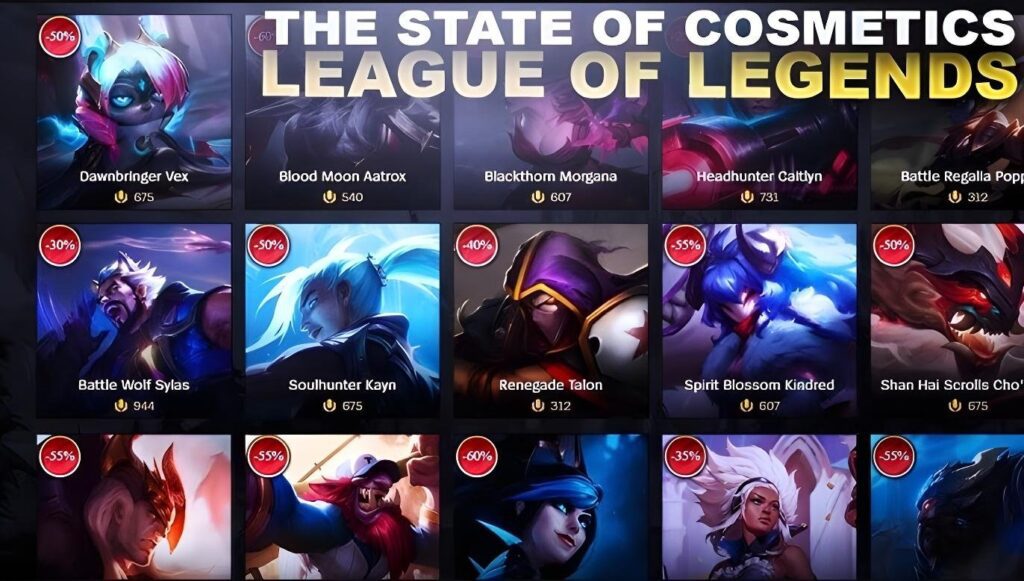Takeaway
In the rapidly evolving landscape of virtual world development, successful execution of massive online projects hinges on a combination of strategic planning, robust technology stacks, and community engagement. This article delves into key strategies that can enhance the development process, drawing on real-world examples and data to illustrate best practices.
Understanding the Virtual World Landscape
The virtual world, often referred to as the metaverse, encompasses a range of online environments where users can interact, create, and engage in various activities. According to a report by McKinsey & Company (2022), the metaverse could generate up to $5 trillion in value by 2030, highlighting the immense potential for developers in this space. However, the complexity of creating a seamless and engaging virtual experience requires a multifaceted approach.
Key Strategies for Massive Online Projects
1. Comprehensive Planning and Design
Before diving into development, it is crucial to establish a clear vision and roadmap. This involves defining the target audience, core gameplay mechanics, and monetization strategies. For instance, the success of Fortnite can be attributed to its meticulous planning, which included a focus on user engagement through regular updates and events. According to Epic Games, Fortnite generated over $9 billion in revenue in its first two years, largely due to its strategic planning and execution.
2. Scalable Architecture
Building a virtual world requires a robust and scalable architecture that can handle millions of concurrent users. Cloud computing platforms like AWS and Google Cloud offer scalable solutions that can dynamically adjust resources based on user demand. For example, Roblox utilizes a microservices architecture that allows it to scale efficiently, supporting over 40 million daily active users as of 2023. This architecture not only enhances performance but also facilitates easier updates and maintenance.
3. Advanced Networking Solutions
Networking is a critical component of virtual world development. Low latency and high bandwidth are essential for providing a smooth user experience. Technologies such as WebRTC and Photon enable real-time communication and synchronization between users. A study by the International Journal of Computer Applications (2021) found that implementing WebRTC reduced latency by up to 50% in multiplayer environments, significantly enhancing user experience.
4. User-Centric Design and Community Engagement
Engaging the community is vital for the longevity of any virtual world. User feedback should be integrated into the development process to ensure that the platform meets the needs and desires of its audience. Second Life, for example, has thrived for over two decades by fostering a strong community and allowing users to create their own content. According to a report by Linden Lab, user-generated content accounts for over 60% of the platform’s economy, demonstrating the power of community involvement.
5. Monetization Strategies
Effective monetization strategies are essential for sustaining a virtual world. Various models can be employed, including subscription services, in-game purchases, and advertising. A report by Newzoo (2023) indicates that the global gaming market is expected to reach $218.7 billion by 2024, with in-game purchases accounting for a significant portion of this revenue. Successful examples include League of Legends, which generates billions annually through microtransactions and cosmetic sales.

League of Legends is an example of monetization with cosmetics and microtransactions.
6. Continuous Improvement and Iteration
The development of a virtual world is not a one-time effort but an ongoing process. Continuous improvement through regular updates, bug fixes, and new content is essential to keep users engaged. The Gartner Group (2022) emphasizes the importance of agile methodologies in game development, allowing teams to respond quickly to user feedback and market trends. This iterative approach has been successfully implemented by companies like Epic Games, which regularly updates Fortnite with new features and content based on player feedback.
7. Data-Driven Decision Making
Utilizing analytics and data-driven insights can significantly enhance the development process. By analyzing user behavior, developers can identify trends and make informed decisions about game design and features. According to a study by Statista (2023), 70% of game developers reported using analytics to improve user engagement and retention. Tools like Google Analytics and Unity Analytics provide valuable insights that can guide development efforts.
8. Security and Privacy Considerations
As virtual worlds grow in popularity, security and privacy become paramount. Developers must implement robust security measures to protect user data and prevent breaches. The Cybersecurity & Infrastructure Security Agency (CISA) reported a 300% increase in cyberattacks targeting gaming companies in 2022, underscoring the need for vigilance. Employing encryption, regular security audits, and user education can help mitigate these risks.

Conclusion
In conclusion, the development of massive online projects in the realm of virtual worlds requires a strategic approach that encompasses comprehensive planning, scalable architecture, user-centric design, and continuous improvement. By leveraging advanced technologies and engaging with the community, developers can create immersive experiences that resonate with users. As the metaverse continues to evolve, staying informed about industry trends and best practices will be crucial for success in this dynamic landscape.
Key takeaways include the importance of scalable architecture, community engagement, data-driven decision-making, and robust security measures. By implementing these strategies, developers can navigate the complexities of virtual world development and capitalize on the immense opportunities that lie ahead.

